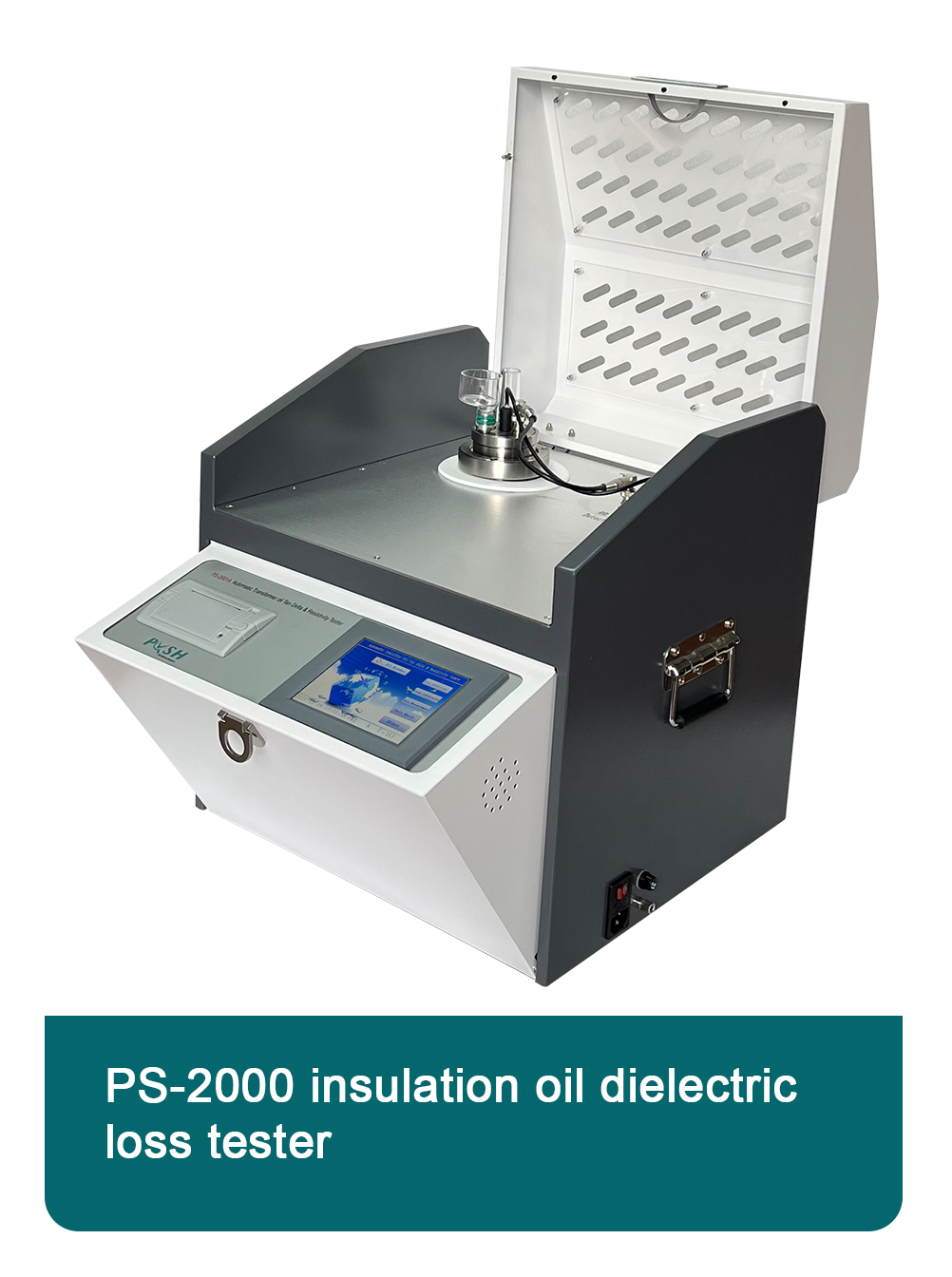 English
English



-
 Afrikaans
Afrikaans -
 Albanian
Albanian -
 Amharic
Amharic -
 Arabic
Arabic -
 Armenian
Armenian -
 Azerbaijani
Azerbaijani -
 Basque
Basque -
 Belarusian
Belarusian -
 Bengali
Bengali -
 Bosnian
Bosnian -
 Bulgarian
Bulgarian -
 Catalan
Catalan -
 Cebuano
Cebuano -
 China
China -
 China (Taiwan)
China (Taiwan) -
 Corsican
Corsican -
 Croatian
Croatian -
 Czech
Czech -
 Danish
Danish -
 Dutch
Dutch -
 English
English -
 Esperanto
Esperanto -
 Estonian
Estonian -
 Finnish
Finnish -
 French
French -
 Frisian
Frisian -
 Galician
Galician -
 Georgian
Georgian -
 German
German -
 Greek
Greek -
 Gujarati
Gujarati -
 Haitian Creole
Haitian Creole -
 hausa
hausa -
 hawaiian
hawaiian -
 Hebrew
Hebrew -
 Hindi
Hindi -
 Miao
Miao -
 Hungarian
Hungarian -
 Icelandic
Icelandic -
 igbo
igbo -
 Indonesian
Indonesian -
 irish
irish -
 Italian
Italian -
 Japanese
Japanese -
 Javanese
Javanese -
 Kannada
Kannada -
 kazakh
kazakh -
 Khmer
Khmer -
 Rwandese
Rwandese -
 Korean
Korean -
 Kurdish
Kurdish -
 Kyrgyz
Kyrgyz -
 Lao
Lao -
 Latin
Latin -
 Latvian
Latvian -
 Lithuanian
Lithuanian -
 Luxembourgish
Luxembourgish -
 Macedonian
Macedonian -
 Malgashi
Malgashi -
 Malay
Malay -
 Malayalam
Malayalam -
 Maltese
Maltese -
 Maori
Maori -
 Marathi
Marathi -
 Mongolian
Mongolian -
 Myanmar
Myanmar -
 Nepali
Nepali -
 Norwegian
Norwegian -
 Norwegian
Norwegian -
 Occitan
Occitan -
 Pashto
Pashto -
 Persian
Persian -
 Polish
Polish -
 Portuguese
Portuguese -
 Punjabi
Punjabi -
 Romanian
Romanian -
 Russian
Russian -
 Samoan
Samoan -
 Scottish Gaelic
Scottish Gaelic -
 Serbian
Serbian -
 Sesotho
Sesotho -
 Shona
Shona -
 Sindhi
Sindhi -
 Sinhala
Sinhala -
 Slovak
Slovak -
 Slovenian
Slovenian -
 Somali
Somali -
 Spanish
Spanish -
 Sundanese
Sundanese -
 Swahili
Swahili -
 Swedish
Swedish -
 Tagalog
Tagalog -
 Tajik
Tajik -
 Tamil
Tamil -
 Tatar
Tatar -
 Telugu
Telugu -
 Thai
Thai -
 Turkish
Turkish -
 Turkmen
Turkmen -
 Ukrainian
Ukrainian -
 Urdu
Urdu -
 Uighur
Uighur -
 Uzbek
Uzbek -
 Vietnamese
Vietnamese -
 Welsh
Welsh -
 Bantu
Bantu -
 Yiddish
Yiddish -
 Yoruba
Yoruba -
 Zulu
Zulu
Understanding Transformer Winding Resistance Testing for Efficient Maintenance and Performance Evaluation
Winding Resistance Test of Transformers An Overview
The winding resistance test is a crucial diagnostic procedure for the maintenance and evaluation of transformers. This test helps in assessing the condition of the transformer windings, a key component that directly influences the performance and efficiency of the transformer. Transformer winding resistance tests provide insights into potential issues such as bad connections, corrosion, or short circuits, which can jeopardize the reliable operation of the electrical distribution system.
Importance of Winding Resistance Testing
Transformers are integral to modern power systems, acting as a bridge in electricity transmission and distribution. The winding resistance test serves multiple purposes
1. Identifying Faults The resistance of transformer windings can change over time due to various factors, such as moisture ingress, overheating, or mechanical damage. A significant change in resistance readings can indicate a fault within the windings or connections.
2. Evaluating Quality of Connections Loose or corroded connections can lead to increased resistance, resulting in overheating and reduced efficiency. The winding resistance test helps in confirming the integrity of the electrical connections, ensuring reliable performance.
3. Assessing Temperature Coefficients The resistance of copper and aluminum conductors varies with temperature. By performing winding resistance tests at different temperatures, engineers can calculate and understand the temperature coefficients of the winding materials.
Procedure for Winding Resistance Testing
The winding resistance test typically involves the following steps
1. Preparation Ensure that the transformer is isolated from the network. This involves de-energizing the unit and following safety protocols to prevent electrical hazards.
2. Connection of Test Equipment A low-resistance ohmmeter or a specialized winding resistance tester is connected to the transformer’s winding terminals. This could involve connecting to the high voltage (HV) side or low voltage (LV) side, depending on the transformer configuration.
winding resistance test of transformer pdf

3. Taking Measurements The test equipment feeds a known current through the windings and measures the voltage drop across them. From these measurements, the resistance can be calculated using Ohm’s law (R = V/I). It is advisable to take multiple readings to ensure accuracy.
4. Recording and Analyzing Data Data should be recorded comprehensively, including environmental conditions such as temperature and humidity at the time of testing. This information is crucial for further analysis and comparison purposes.
5. Comparative Analysis The resistance values obtained are then compared against the manufacturer’s specifications and previous test results. Significant deviations can indicate potential problems and require further investigation or corrective action.
Interpretation of Results
Interpreting winding resistance test results is vital for understanding the health of the transformer. Typically, resistance values should remain stable over time. A rising trend in readings may signal issues such as
- Poor Connections Increases in resistance may suggest loose or corroded connections, which need maintenance.
- Winding Damage A dramatic shift in resistance values can indicate potential internal damage or winding failure.
- Heating Issues Increased resistance often correlates with heating problems within the windings, which can lead to insulation breakdown and transformer failure.
Conclusion
The winding resistance test is an essential part of transformer maintenance, offering critical insights into the condition and efficiency of the transformer windings. Regular testing helps identify potential problems early, allowing for timely interventions that can prevent costly downtime and extend the lifespan of transformer equipment. By adhering to appropriate testing protocols and interpreting results meticulously, engineers can ensure optimal transformer performance and reliability, crucial for sustaining modern electrical infrastructure.
-
Testing Equipment Industry Sees Major Advancements in 2025: Smart & Precision Technologies Lead the WayNewsJun.06,2025
-
Applications of Direct Current Generators in Renewable Energy SystemsNewsJun.05,2025
-
Hipot Tester Calibration and Accuracy GuidelinesNewsJun.05,2025
-
Digital Circuit Breaker Analyzer Features and BenefitsNewsJun.05,2025
-
Benefits of Real-Time Power Quality Monitoring Devices for Industrial EfficiencyNewsJun.05,2025
-
Earth Fault Loop Testing in High-Rise Building Electrical SystemsNewsJun.05,2025



